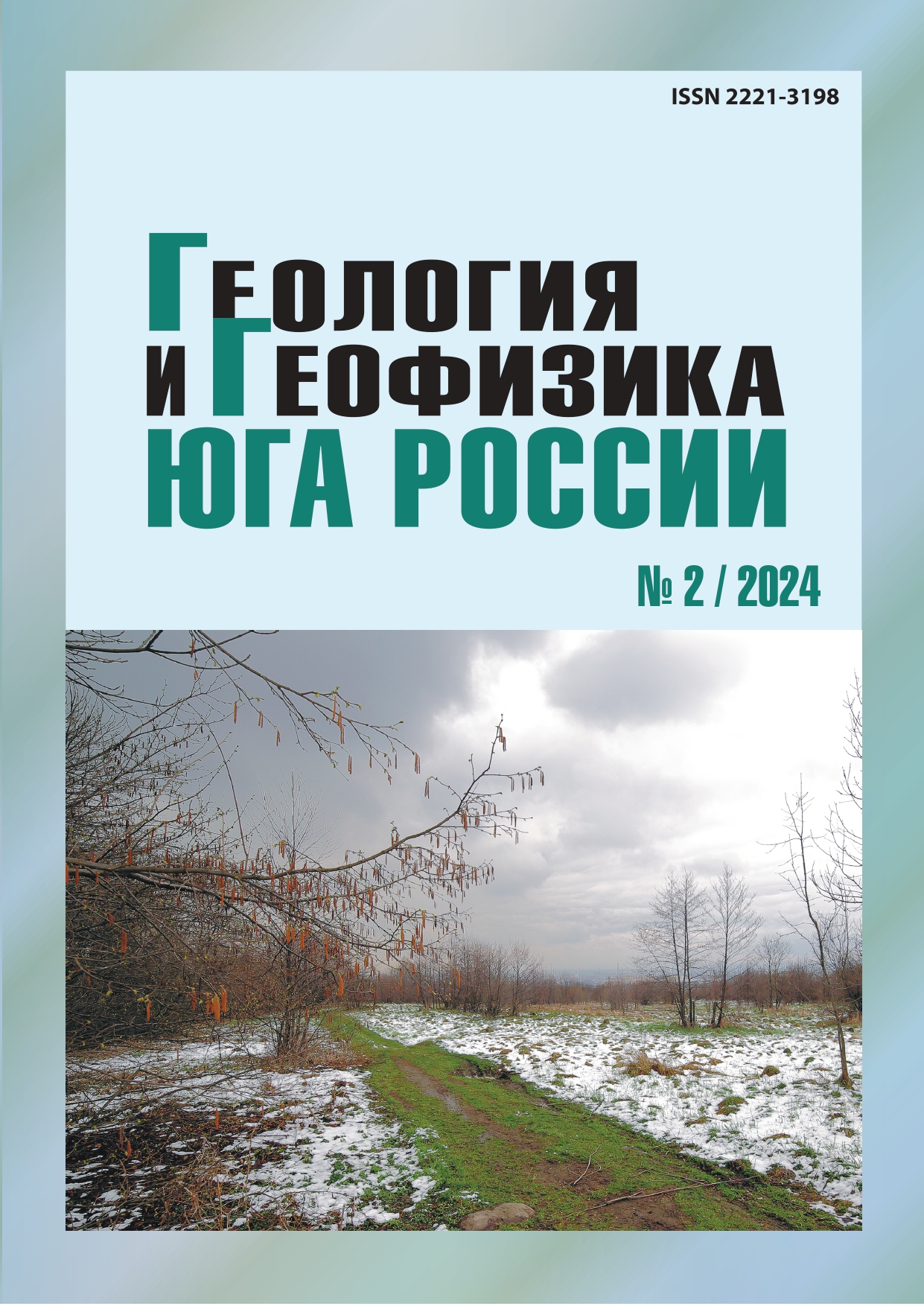Deep structure and rheological stratification of the Earth’s crust for the Greater Caucasus Central segment
Abstract
Relevance. The deep structure of the Greater Caucasus has been studied using various geophysical methods. However, an analysis of the Earth’s crust rheological state when substantiating geological and geophysical models of the Greater Caucasus Central segment was not carried out, therefore the search for connections between the features of its deep structure and the rheological stratification of lithosphere is an actual problem. Aim. Based on the available materials of the deep structure of the Greater Caucasus Central segment, develop a model of the rheological stratification of the lithosphere along one of the regional profiles and perform its analysis. Research methods and methodology. The methodology for studying the rheological stratification of the lithosphere has found application in the development of geodynamic models of the Earth’s crust, and the methodology of rheological research is the theoretical basis for the paradigm of the lithosphere tectonic stratification. The model of the lithosphere rheological stratification of Central segment is based on a depth section along the Stepnoe-Bakuriani DSS profile, from which profiles of the generalized strength of the lithosphere were calculated for the Transcaucasian plate, Greater Caucasus southern wing, Axial megazone and Scythian plate. Results. For the first time, a two-dimensional (D2) model of rheological stratification of the Greater Caucasus Central segment has been substantiated and it has been shown that the transition from a brittle to a plastic (creep) state in the section of the Transcaucasian plate occurs in the bottoms of the upper (18–20 km) and lower (35–40 km) layers of the consolidated crust, in the section of the southern wing of the Greater Caucasus meganticlinorium – only in the lower layer (42–50 km), in the Axial megazone of the Greater Caucasus – in the lower horizons of the upper (12–15 km), middle (29–33 km) and lower (40– 48 km) layers, and in the section of the Scythian plate – at the bottom of the upper (15–18 km) and lower (33–37 km) layers. The formation of the Earth’s crust lower part of the Central segment occurred due to the rheologically mobile horizons of the lower part of the Transcaucasian plate Earth’s crust, and its Axial megazone – due to the rheologically mobile horizons of the Scythian plate upper part.


